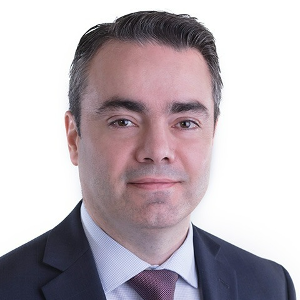Best Lawyers in British Columbia, Canada for Structured Finance Law
Practice Area Overview
Assets commonly securitized in the Canadian market include personal and commercial loans, credit card and credit line receivables, residential and commercial mortgages (RMBS and CMBS), automobile and equipment loans and leases, and trade receivables. Most rated transactions are funded by multi-seller conduits sponsored by Canadian banks that issue short-term commercial paper backed by liquidity facilities to provide for payment of the commercial paper if it matures before the assets are collected and the conduit is unable to issue new commercial paper. A smaller component of the rated securitization market is funded with amortizing or bullet pay term debt, issued in private placements or occasionally under prospectus. A significant market also exists for private transactions where a single investor or small number of investors commits to buy all of the SPE’s debt. Mismatches between the currency, interest rate, and tenor of the debt and the currency, interest rate, and tenor of the underlying assets is often addressed by swap transactions with market swap providers.
Structured finance lawyers are typically specialists but draw on many other legal disciplines, such as tax, securities, secured lending and real estate, consumer protection, privacy, and bankruptcy. Legal structures can range from simple “true sales” to more complicated derivative and synthetic structures, although the latter have been less common in the wake of the financial crisis of 2007 and 2008. SPEs can take the form of trusts, corporations, ULCs, and partnerships, provided that they acquire the assets in a true sale (which would not be challengeable in a bankruptcy of the seller) and provided they would not be ‘substantively consolidated’ with the seller in an insolvency. Most structured finance transactions involve lengthy reasoned legal opinions to address the degree to which these risks are present in the structure. Clients in structured finance transactions include sellers, SPEs, bank sponsors, underwriters, investors, third party asset servicers and other service providers, rating agencies, swap counterparties, and credit enhancement providers.
Lawyers who have a subscription to profiles appear first.
Would you like to claim your lawyer profile?
Contact Us

Our Methodology
Recognition by Best Lawyers is based entirely on peer review. Our methodology is designed to capture, as accurately as possible, the consensus opinion of leading lawyers about the professional abilities of their colleagues within the same geographical area and legal practice area.
The Process
Best Lawyers employs a sophisticated, conscientious, rational, and transparent survey process designed to elicit meaningful and substantive evaluations of the quality of legal services. Our belief has always been that the quality of a peer review survey is directly related to the quality of the voters.



